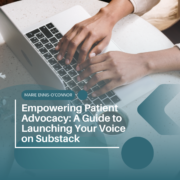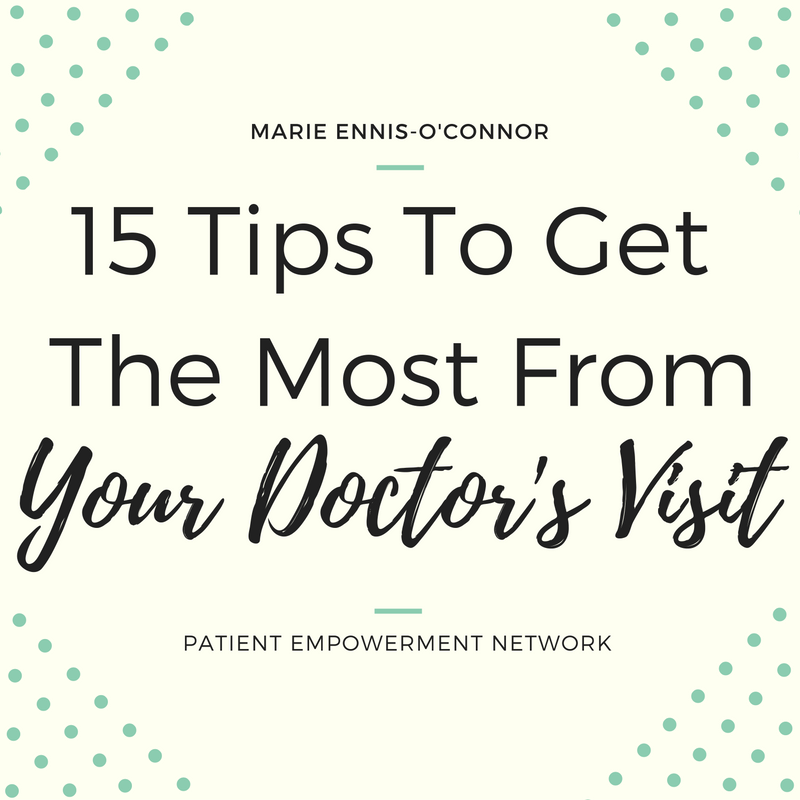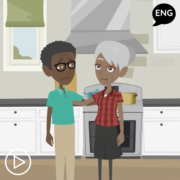Empowering Patient Advocacy: A Guide to Launching Your Voice on Substack
If you spend any time online, you’ve probably heard of Substack, either through a newsletter subscription or from a favorite writer or blogger. But what exactly is Substack, and why is it gaining traction in patient advocacy?
Founded in 2017, Substack is a publishing platform that empowers creators to start and grow their own publications, blogs, newsletters, and podcasts. The platform is known for its user-friendly interface and simplified setup process. While other blogging platforms may require some technical knowledge to navigate, Substack allows users to start blogging almost immediately after signing up. In addition, Substack’s subscription model provides creators with a straightforward way to monetize their content.
Beth Gainer, who initially started blogging after a breast diagnosis on WordPress, chose Substack for her current blog on art and self-care (bethlgainer.substack.com). “I initially paid for WordPress,” she said, but “after trying to navigate this complicated platform, I realized I would need a designer to help me. I spent many hours trying to design the website myself, but I am no web designer, and obtaining one would make me dependent on that individual, not to mention costly. Using Substack is such a relief! It is so user-friendly and I like that Substack acts as a newsletter that is delivered to subscribers’ emails.”
Beth has also found a supportive community on the platform. “Substack has a support system, where experts answer questions and provide information. It supports writers, who, as we know, are often not supported in their endeavors.”
The Substack monetization feature is not something Beth is interested in, ”because most readers can’t afford to pay to read several blogs. I know I can’t.” She believes monetization adversely affects community building. “After I read a blog, let’s say, I want to leave a comment to participate in conversation, but sometimes I cannot because I don’t have a paid subscription to that blog. Thus, the conversation related to a blog becomes muted because fewer voices and perspectives are heard,” she explained. “Frankly, I feel deflated when I see an interesting blog heading but am unable to read or interact with that blog unless I become a paid subscriber.”
Beth added that while she is using Substack to discuss and showcase her art, which she sells, “whether or not a reader purchases my art, I want my blog’s content to always be free and accessible to anyone. This helps build a true community. I hope that Substack continues to allow free subscriptions indefinitely.”
After more than 13 years of blogging, writer and breast cancer advocate, Nancy Stordahl decided it was time for a change. She started a new blog on Substack (nancyspoint.substack.com) to expand her reach to a new audience. “My readership on WordPress, as far as numbers go, hadn’t changed much in a while,” she said, “so I’m hoping to gain some new readers, as well as keep the ones I have, of course.”
Like Beth, Substack’s newsletter format is something that appeals to Nancy. “Mailchimp was getting too expensive for me. Once you reach a certain threshold it’s no longer free. That was fine. But I had reached the next threshold, and the monthly rate was going up again. It wasn’t feasible for me to pay for yet another tier jump.”
Substack’s multi-media format, such as hosting a podcast, audio readings and adding notes, is also a selling point for Nancy. “Substack is popular right now, some might say trendy, “ she said, “but as an advocate and an author, it felt like something I wanted to try. My books are a significant component of my advocacy, and Substack is a great place for authors.”
Although Nancy doesn’t currently monetize her writing, she is a “big believer in compensating bloggers, writers, and advocates for their work. Advocacy isn’t easy (nor is writing) and too often advocates (and writers) are expected to offer their time, input, writing, or whatever it might be for free. That is not right. I may or may not utilize this option at some point. Regardless, my new articles will likely remain free, and there will always be a free or no pledge option.”
When it comes to community building, Nancy has noticed that “thus far, her ‘old subscribers’ have been pretty quiet on Substack, but many have stuck with me. There’s probably a learning curve for me and for them as well as far as them becoming engaged. A bit of patience is needed.”
How To Start A Substack Publication
Having read about Beth and Nancy’s experience, you may be tempted to create your own Substack publication. Below are the steps you should take.
- Create an Account: Visit Substack.com and click on “Start Writing” to create an account. Set up your profile with a photo, your first name, and a short bio.
- Choose a Subdomain: A subdomain on Substack is a unique web address that identifies a publication on the Substack platform. When you sign up for Substack, you’re given a default subdomain that you can customize – for example, nancyspoint.substack.com or bethlgainer.substack.com. You can also connect a custom domain to your publication. Using a custom domain for your Substack publication allows you to use your own web address instead of the default yourname.substack.com for your newsletter. For use of a custom domain, Substack charges a one-time fee of $50 USD.
- Turn on Paid Subscriptions: You can choose to turn on paid subscriptions, or publish for free. If you turn on paid subscriptions, Substack will keep a 10% cut of revenues.
- Choose a Theme: Choose one of the basic themes provided by Substack. This will be the visual layout of your publication.
- Upload Your Email List: If you already have an email list of potential subscribers, you can upload it to Substack. This will allow you to reach out to these individuals with your first post.
- Publish Your First Post: Your first post could be a text post, discussion thread, podcast, video, or note. Make sure to include a “subscribe” button so that readers can easily subscribe to your publication.
- Customize Your Publication: Your name, logo, layout and publication descriptions are all easy to customize using the settings.
- Create an Editorial Calendar: Consistency is key to growing your publication. It’s recommended to publish a post at least once a week as a benchmark to get started. Publishing on a regular schedule helps readers build a habit and demonstrates your own commitment to your work.
- Announce Your Publication: The launch is an important moment for your publication. It’s an opportunity to summon your supporters and drive a wave of excitement, attention, and subscriptions2. Publish an announcement post and let the world know you are starting something new.
For more blogging tips, check out 9 Tips to Help You Build a Better Advocacy Blog

A Stanford Medicine X e-Patient scholar, Marie Ennis O’Connor is an internationally recognized keynote speaker, writer, and consultant on global trends in patient engagement, digital health and participatory medicine. Marie’s work is informed by her passion for embedding the patient voice at the heart of healthcare values. She writes about the experience of transitioning from breast cancer patient to advocate on her award-winning blog Journeying Beyond Breast Cancer.










